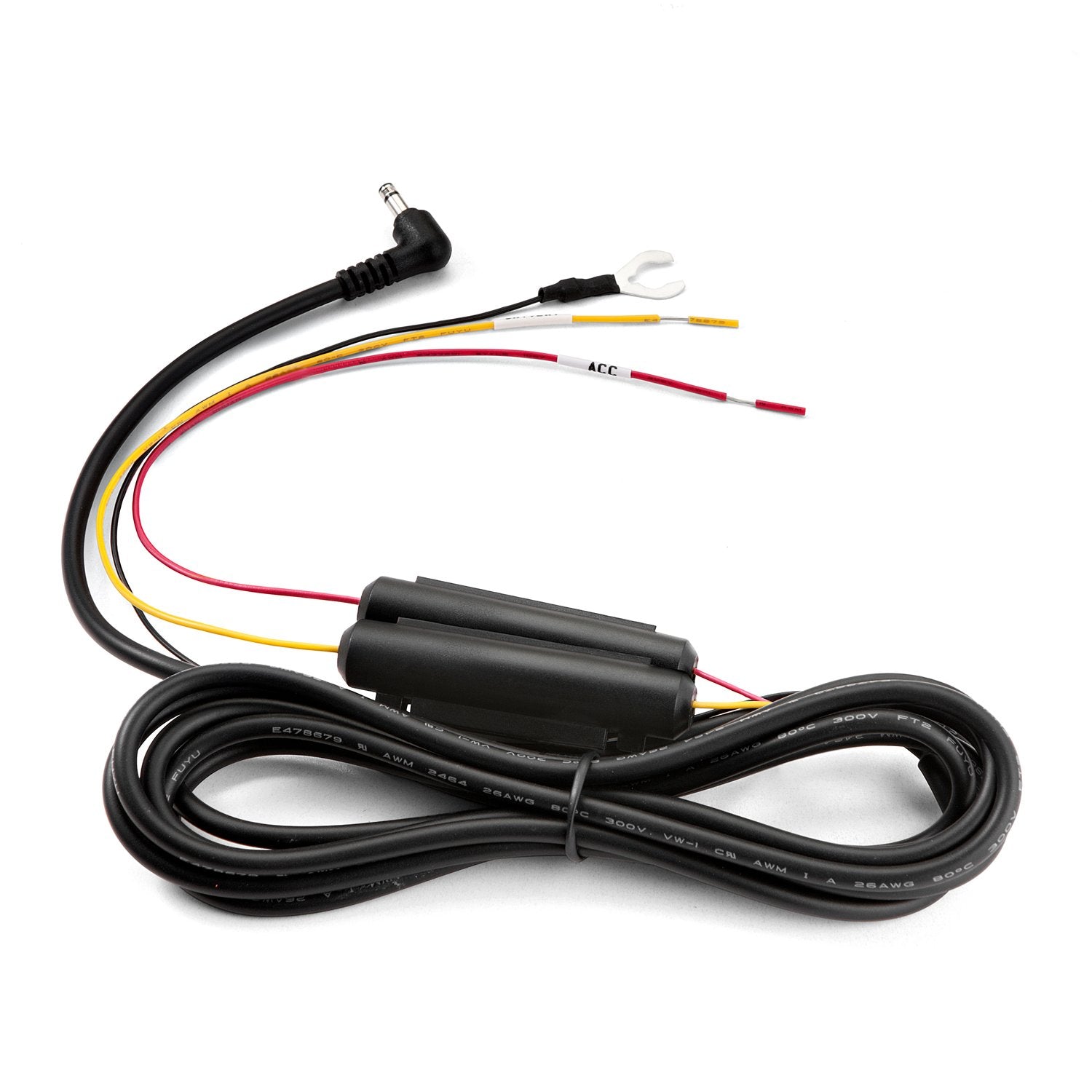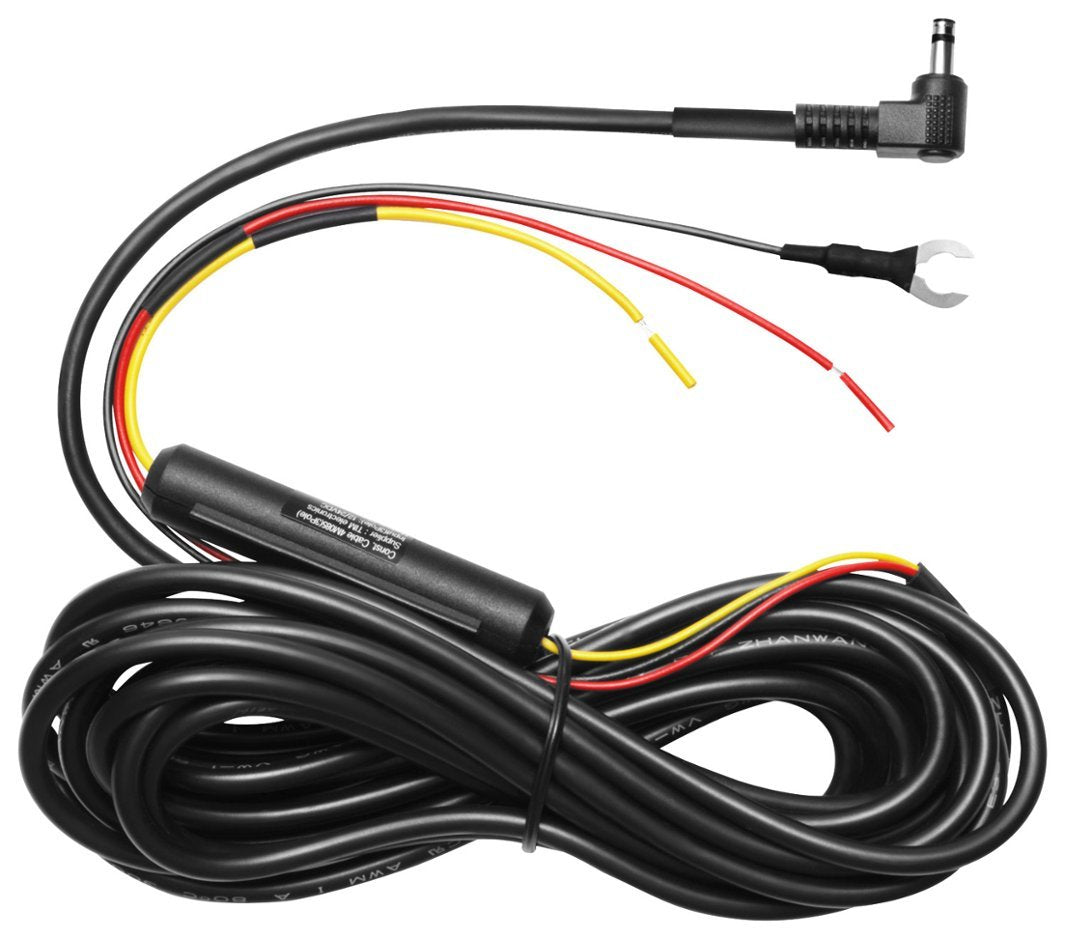THINKWARE Hardwire Cable
The TWA-SH Hardwiring Cable is designed to be used with dash cams from Thinkware. This cable allows for custom configuration of your dash cam's power supply by connecting it to the vehicle's electrical system. Once wired to your vehicle, it enables your dash cam to record continuously while the vehicle is parked. Additionally, your dash cam's power module will be able to monitor voltage level and will automatically shut off to prevent vehicle battery drain.
Installation of the hardwiring cable to your vehicle’s fuse panel enables the built-in Parking Surveillance Mode in your THINKWARE Dash Cam, while you are away from your vehicle.
Built-in Parking Surveillance Modes
- Motion & Impact Detection
- Time Lapse Mode*
- Energy Saving Mode*
- Radar Parking Mode*
*Available on Select Dash Cams
Length: 3.0m (10 ft)
Note1: If the fuse panel in your vehicle is either in the engine bay or the trunk, you may need the Long (7m / 23ft) Hardwiring Cable.
Pre-order item
Soft armchair
$420.00
Select variant
Select purchase option
THINKWARE Hardwire Cable



